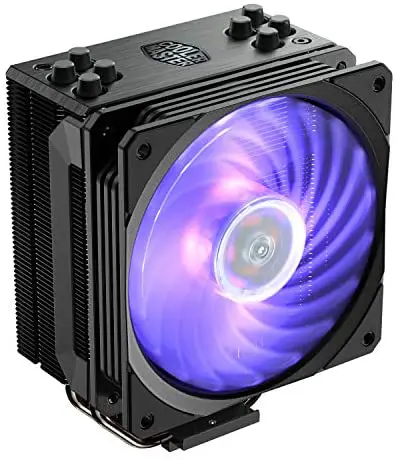A group of researchers from Nottingham Trent University, the Australian National University and the University of New South Wales Canberra in Australia have produced a proof of concept technology that could shake the very foundations of the $100 billion-plus monitor, display and TV industries.
By swapping the traditional liquid crystal cells used in such devices for a new technology called metasurfaces (these are electrically tunable arrays of nanoparticles), the researchers claim this will “offer significant benefits over current liquid crystal displays”.
What benefits? Well, there’s quite a few.
Metasurfaces are much smaller in size (up to 10 times smaller) than crystal cells, which translates into significantly smaller pixel pitches and – in theory – much higher pixel densities. Pixels tightly grouped together means more seamless, hyper-realistic graphics, great for creative professionals that would crave such innovation in photo editing monitors (opens in new tab).
“Today the main factor determining the pixel dimensions in LCD and LED displays is the limitation of liquid crystal technology: they are thick and cannot be too small and too close to each other due to the cross-talk of neighboring pixels. But our technology does not have this limitation”, Professor Mohsen Rahmani, leader of the Advanced Optics & Photonics (AOP) Lab at NTU and one of the contributors to the project told TechRadar Pro in an email exchange.
The new technology also allows for much higher refresh rates, with a press release noting, “The light could be switched almost 20 times faster than human aversion response time by changing the temperature of the material.” The detection limit of the human eye is around 13ms or 78 Hz, but displays using metasurfaces could potentially reach refresh rates of more than 1000 Hz, far higher than anything currently commercially available – a boon for gaming monitors (opens in new tab).
There’s also the fact that the technology uses silicon, which translates into a much longer lifespan, lower cost of production and much lower power consumption. Switching to silicon also allows for much thinner cells, which can reduce weight and thickness(by as much as 99%, and may pave the way for a much broader range of applications.
Availability and pricing still unknown
The key to the transition will hinge on how quickly and easily the current LCD panel production lines can accommodate the new technology.
I asked Professor Rahmani how far we are from having commercially available units. “With a good investment, we expect the available product in 5 years or so. Our technology is compatible with the production lines of LCD, LED displays. Therefore, it does not need to develop a production line from scratch. We believe it is very easy, because, technically, we only need to replace liquid crystal cells with metasurface cells. The other layers within the display (light source, color filters, etc) remain the same (note that we will not need polarizer layers anymore)”.
Therefore, metasurface cells will not impact other characteristics of a display panel, nor will it impact the size of the panels or the total amount of pixels on a panel: an 8K TV (opens in new tab) has more than 33 million of them.
Metasurfaces have been hailed by many as the next big thing due to their unique light-scattering characteristics. A quick glance at my email inbox shows that research has been carried out to gauge its suitability in a huge gamut of use cases: low cost, high efficiency solar cells, better motion sensors, 6G transmissive materials, high-density storage and much more.


